Stanley M. Walas9780409901313, 0-409-90131-8, 0-7506-9385-1
Table of contents :
Front Matter……Page 1
Table of Contents……Page 0
Preface……Page 4
List of Examples……Page 5
Rules of Thumb: Summary……Page 7
Table of Contents……Page 14
1.3 Categories of Engineering Practice……Page 18
1.5 Codes, Standards, and Recommended Practices……Page 19
1.6 Material and Energy Balances……Page 20
1.7 Economic Balance……Page 21
1.8 Safety Factors……Page 23
1.9 Safety of Plant and Environment……Page 24
1.10 Steam and Power Supply……Page 27
1.12 Laboratory and Pilot Plant Work……Page 30
References……Page 33
2.4 Utility Flowsheets……Page 36
2.5 Drawing of Flowsheets……Page 37
References……Page 48
Appendix 2.1 Descriptions of Example Process Flowsheets……Page 49
3.1 Feedback Control……Page 54
Symbols……Page 56
Pressure……Page 57
3.3 Equipment Control……Page 58
Heat Transfer Equipment……Page 59
Distillation Equipment……Page 62
Liquid-Liquid Extraction Towers……Page 65
Chemical Reactors……Page 68
Compressors……Page 70
References……Page 75
Direct Current……Page 76
4.2 Steam Turbines and Gas Expanders……Page 77
4.3 Combustion Gas Turbines and Engines……Page 80
References……Page 83
5.1 Slurry Transport……Page 84
5.2 Pneumatic Conveying……Page 86
Equipment……Page 87
Operating Conditions……Page 88
Power Consumption and Pressure Drop……Page 89
Belt Conveyors……Page 92
Bucket Elevators and Carriers……Page 94
Continuous Flow Conveyor Elevators……Page 98
5.4 Solids Feeders……Page 99
References……Page 104
6.1 Properties and Units……Page 106
6.2 Energy Balance of a Flowing Fluid……Page 107
6.3 Liquids……Page 109
Orifices……Page 110
6.4 Pipeline Networks……Page 113
Viscosity Behavior……Page 115
Pipeline Design……Page 121
Isentropic Flow……Page 125
Adiabatic Flow……Page 126
6.8 Liquid-Gas Flow in Pipelines……Page 127
Homogeneous Model……Page 129
Other Aspects……Page 130
Single Phase Fluids……Page 133
Two-Phase Flow……Page 134
Pressure Drop……Page 135
6.11 Fluidization of Beds of Particles with Gases……Page 136
Sizing Equipment……Page 139
References……Page 143
Control Valves……Page 144
Basic Relations……Page 146
Pumping Systems……Page 148
7.3 Pump Characteristics……Page 149
7.4 Criteria for Selection of Pumps……Page 156
Fans……Page 159
Centrifugals……Page 161
Reciprocating Compressors……Page 162
Rotary Compressors……Page 165
Thermal Conductivity……Page 170
Fluid Films……Page 171
Single Pass Exchanger……Page 173
F-Method……Page 174
8.3 Heat Transfer Coefficients……Page 180
Individual Film Coefficients……Page 181
8.4 Data of Heat Transfer Coefficients……Page 183
Direct Contact of Hot and Cold Streams……Page 186
Forced Convection……Page 187
Boiling……Page 188
8.5 Pressure Drop in Heat Exchangers……Page 189
Calculation Procedures……Page 190
Plate-and-Frame Exchangers……Page 191
Air Coolers……Page 196
Construction……Page 197
Design of a Heat Exchanger……Page 201
8.8 Condensers……Page 202
Condenser Configurations……Page 206
Design Calculation Method……Page 207
8.9 Reboilers……Page 208
Vertical Thermosiphons……Page 209
Forced Circulation Reboilers……Page 210
9.1 Interaction of Air and Water……Page 211
9.2 Rate of Drying……Page 214
9.3 Classification and General Characteristics of Dryers……Page 217
Specification Forms……Page 220
9.4 Batch Dryers……Page 221
9.5 Continuous Tray and Conveyor Belt Dryers……Page 222
9.6 Rotary Cylindrical Dryers……Page 227
9.7 Drum Dryers for Solutions and Slurries……Page 234
9.8 Pneumatic Conveying Dryers……Page 235
Impeller Size……Page 243
10.2 Kinds of Impellers……Page 244
10.3 Characterization of Mixing Quality……Page 246
10.4 Power Consumption and Pumping Rate……Page 248
10.5 Suspension of Solids……Page 251
Spargers……Page 252
Design Procedures……Page 253
10.7 In-Line Blenders and Mixers……Page 256
10.8 Mixing of Powders and Pastes……Page 257
References……Page 260
11.1 Processes and Equipment……Page 261
11.2 Theory of Filtration……Page 262
Compressible Cakes……Page 266
Cake Resistivity……Page 269
Compressibility-Permeability (CP) Cell Measurements……Page 270
11.4 Thickening and Clarifying……Page 271
The SCFT Concept……Page 273
11.6 Illustrations of Equipment……Page 274
11.7 Applications and Performance of Equipment……Page 276
References……Page 290
Capacity of Screens……Page 291
Air Classifiers……Page 293
12.3 Size Reduction……Page 295
Roll Crushers……Page 297
Tumblers……Page 308
Roll Compacting and Briquetting……Page 311
Tabletting……Page 314
Extrusion Processes……Page 315
Prilling……Page 318
Fluidized and Spouted Beds……Page 319
Sintering and Crushing……Page 320
References……Page 327
13.1 Vapor-Liquid Equilibria……Page 328
Relative Volatility……Page 331
13.2 Single-Stage Flash Calculations……Page 332
Bubblepoint Temperature and Pressure……Page 333
Equilibria with Ks Dependent on Composition……Page 334
13.3 Evaporation or Simple Distillation……Page 335
13.4 Binary Distillation……Page 336
Constant Molal Overflow……Page 337
Algebraic Method……Page 339
13.5 Batch Distillation……Page 347
Material Balances……Page 348
Sequencing of Columns……Page 350
Distribution of Nonkeys……Page 352
Tray Efficiencies……Page 354
13.9 Separations in Packed Towers……Page 355
Mass Transfer Coefficients……Page 356
Absorption or Stripping……Page 358
13.10 Basis for Computer Evaluation of Multicomponent Separations……Page 361
The MESH Equations……Page 362
The Wang-Henke Bubblepoint Method……Page 365
The SR (Sum-Rates) Method……Page 366
13.11 Special Kinds of Distillation Processes……Page 367
Petroleum Fractionation……Page 368
Extractive Distillation……Page 369
Azeotropic Distillation……Page 377
Molecular Distillation……Page 382
14.1 Equilibrium Relations……Page 384
Single Stage Extraction……Page 388
Immiscible Solvents……Page 389
14.3 Countercurrent Operation……Page 391
Extract Reflux……Page 393
Minimum Stages……Page 394
14.4 Leaching of Solids……Page 395
14.5 Numerical Calculation of Multicomponent Extraction……Page 398
Procedure……Page 399
Choice of Disperse Phase……Page 402
Mixer-Settlers……Page 403
Packed Towers……Page 404
Pulsed Packed and Sieve Tray Towers……Page 409
Other Rotary Agitated Towers……Page 411
Other Kinds of Extractors……Page 413
Leaching Equipment……Page 414
References……Page 419
15.1 Adsorption Equilibria……Page 420
15.2 Ion Exchange Equilibria……Page 422
15.3 Adsorption Behavior in Packed Beds……Page 425
15.4 Adsorption Design and Operating Practices……Page 429
15.5 Ion Exchange Design and Operating Practices……Page 431
Electrodialysis……Page 433
15.6 Production Scale Chromatography……Page 435
15.7 Equipment and Processes……Page 436
Gas Adsorption……Page 437
Liquid Phase Adsorption……Page 439
Ion Exchange Membranes and Electrodialysis……Page 443
Chromatographic Equipment……Page 446
References……Page 448
Phase Diagrams……Page 449
Enthalpy Balances……Page 450
16.2 Crystal Size Distribution……Page 451
Supersaturation……Page 454
Growth Rates……Page 456
16.4 The Ideal Stirred Tank……Page 459
Applicability of the CSTC Model……Page 462
16.5 Kinds of Crystallizers……Page 463
Purification Processes……Page 469
References……Page 474
17.2 Rate Equations and Operating Modes……Page 475
17.3 Material and Energy Balances of Reactors……Page 481
Residence Time Distribution……Page 482
Dispersion Model……Page 486
Laminar and Related Flow Patterns……Page 487
Heterogeneous Catalysts……Page 488
Kinds of Catalyzed Organic Reactions……Page 489
Physical Characteristics of Solid Catalysts……Page 490
Catalyst Effectiveness……Page 491
Stirred Tanks……Page 494
Tubular Flow Reactors……Page 496
Gas-Liquid Reactions……Page 498
Fixed Bed Reactors……Page 499
Moving Beds……Page 501
Kilns and Hearth Furnaces……Page 502
Fluidized Bed Reactors……Page 506
17.7 Heat Transfer in Reactors……Page 509
Stirred Tanks……Page 514
Heat Transfer Coefficient at Walls, to Particles, and Overall……Page 515
Fluidized Beds……Page 517
18.1 Drums……Page 521
18.3 Liquid-Liquid Separators……Page 522
Droplet Sizes……Page 523
Rate of Settling……Page 524
Wire Mesh Pad Deentrainers……Page 525
18.5 Cyclone Separators……Page 526
18.6 Storage Tanks……Page 529
18.7 Mechanical Design of Process Vessels……Page 531
Design Pressure and Temperature……Page 533
Formulas for Strength Calculations……Page 534
References……Page 539
19.1 Membrane Processes……Page 540
Applications……Page 541
Gas Permeation……Page 542
Foam Fractionation……Page 544
Froth Flotation……Page 545
19.3. Sublimation and Freeze Drying……Page 547
19.4 Parametric Pumping……Page 548
19.5 Separations by Thermal Diffusion……Page 551
19.6 Electrochemical Syntheses……Page 554
Fuel Cells……Page 555
19.7 Fermentation Processing……Page 557
Operating Conditions……Page 559
Reactors……Page 563
References……Page 569
20. Costs of Individual Equipment……Page 571
References……Page 577
Appendix A: Units, Notation, and General Data……Page 578
Appendix B: Equipment Specification Forms……Page 588
Agitators and Mixers……Page 589
Compressors……Page 592
Drivers……Page 595
Heat Transfer Equipment……Page 597
Instruments……Page 607
Pumps……Page 611
Appendix C: Questionnaires of Equipment Suppliers……Page 615
Index……Page 634
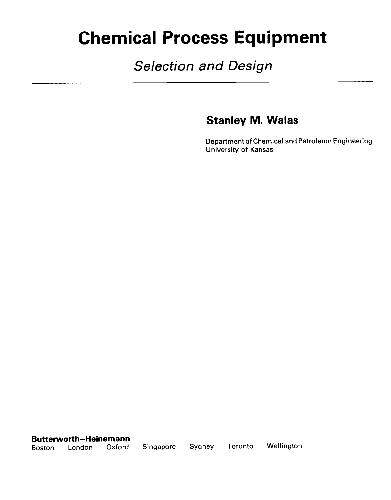
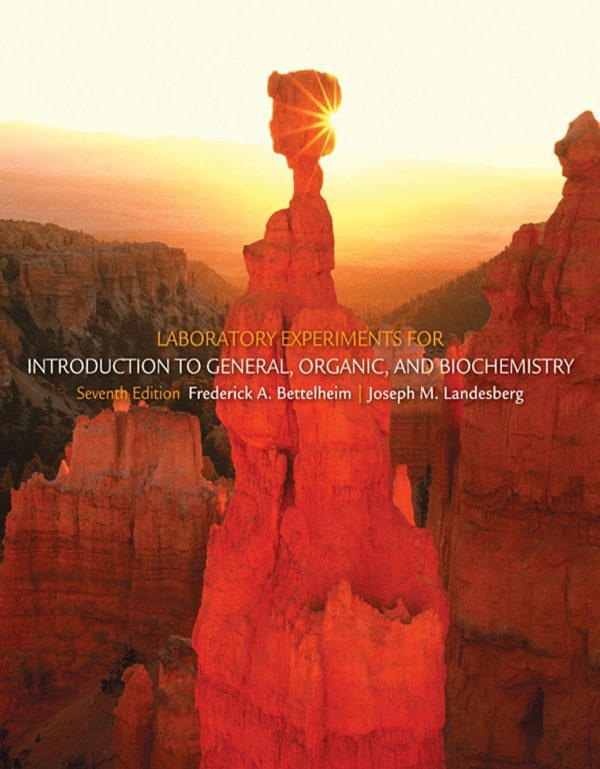
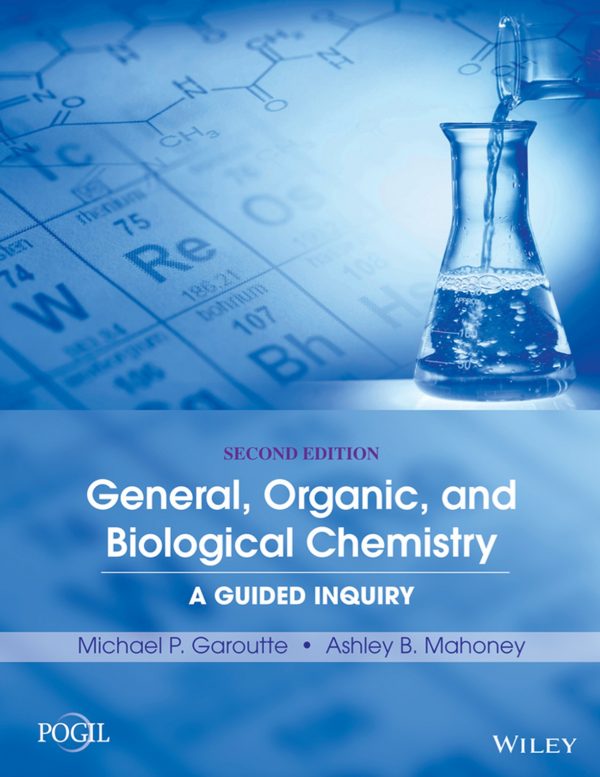
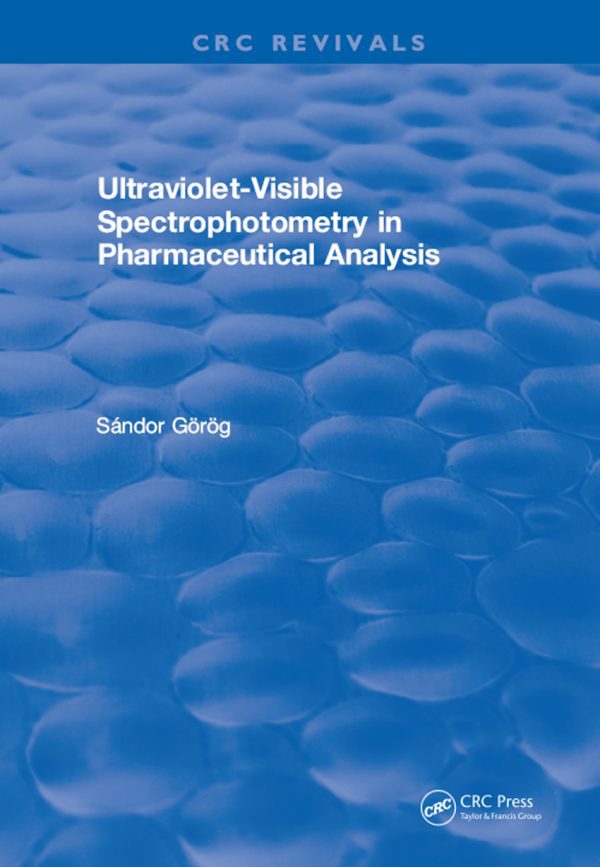
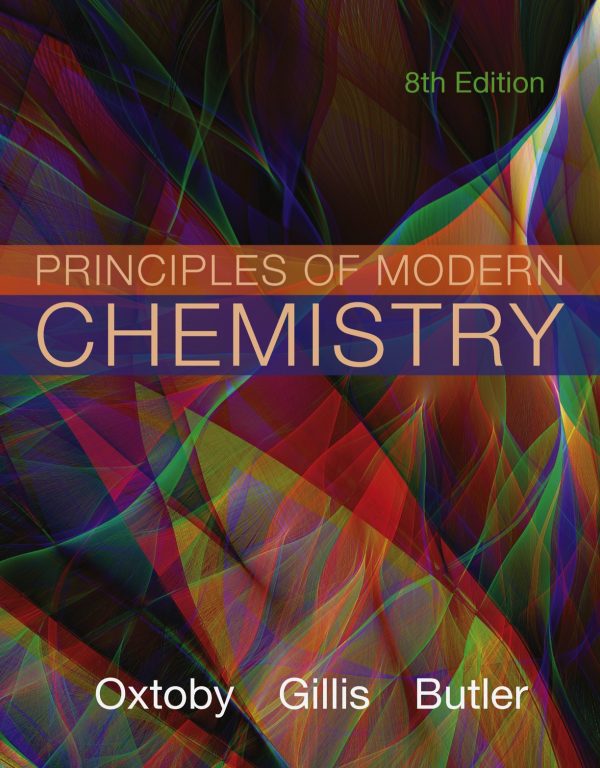
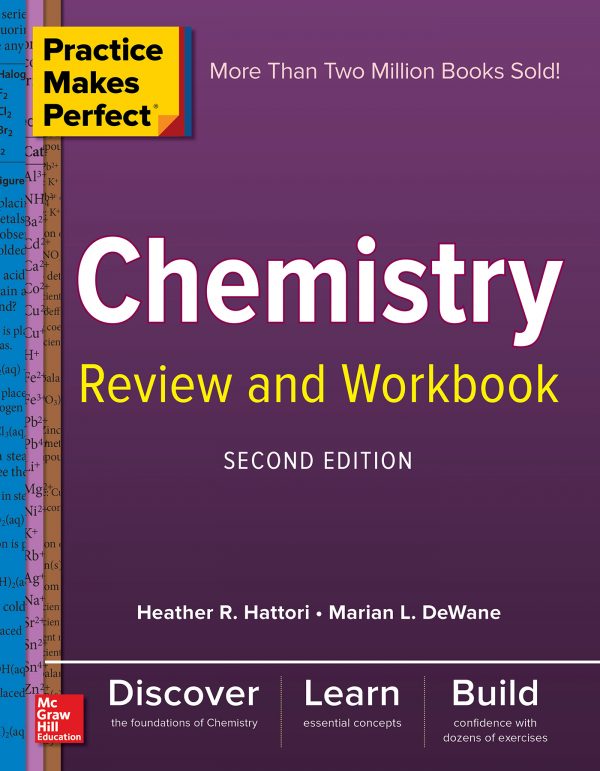
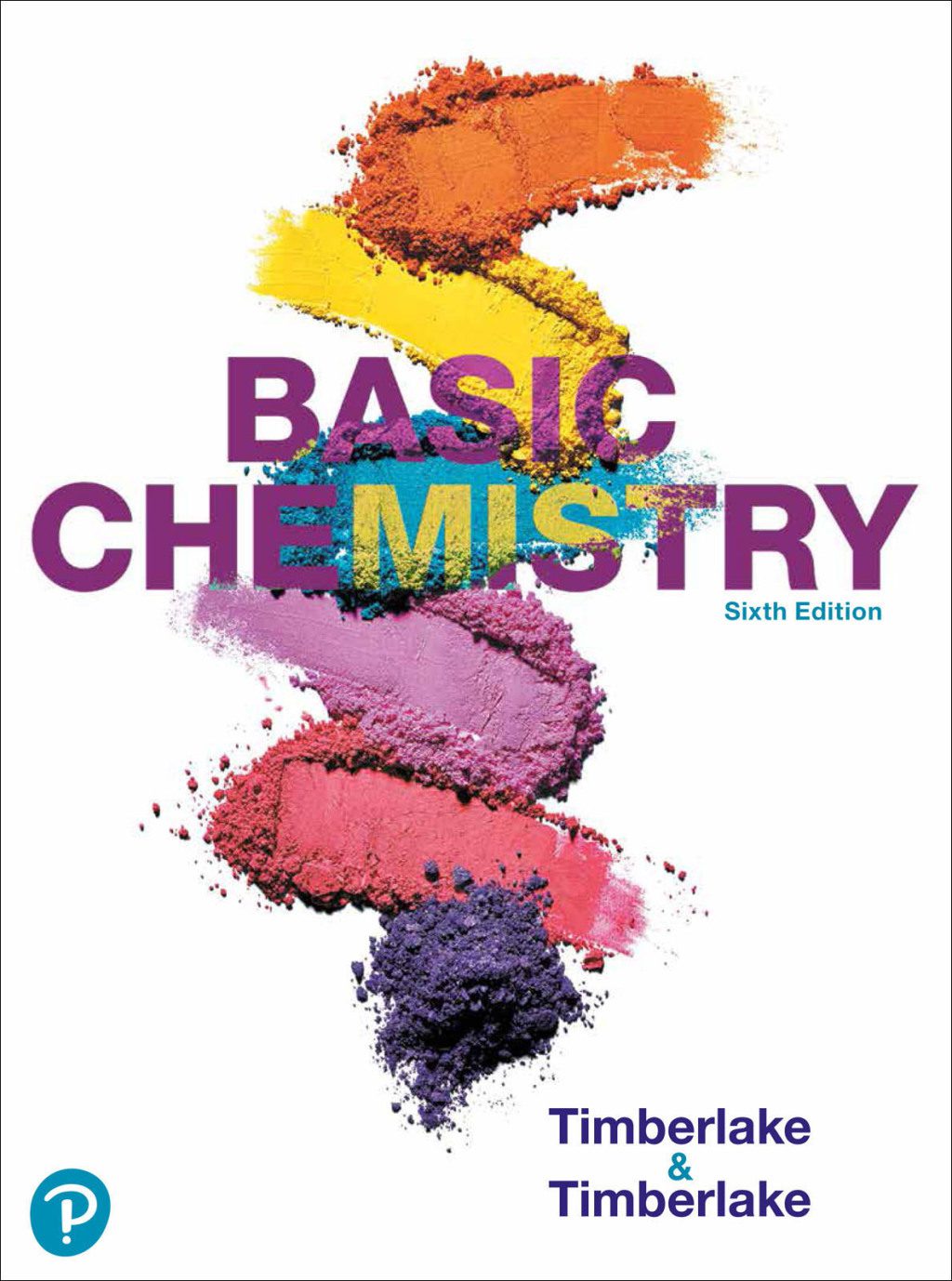
Reviews
There are no reviews yet.